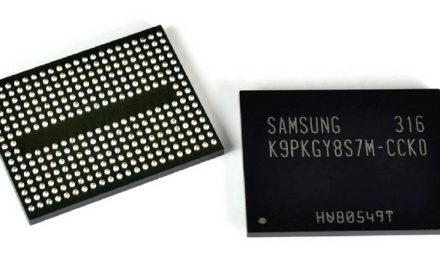
Intel chipsets with DDR3 support
Intel plans to introduce four chipsets in 2007 that will support next-generation memory.
The first such chipset is currently known as P35 and replaces P965. It supports 1333 MHz FSB, so motherboards equipped with it should have no problem accommodating the latest processors. It manages DDR2 and DDR3 memories at the same time, so the user can decide whether to keep the "old" memories or vote for the newer generation.
The successor to the 945G and G965 chipsets, the G33 will arrive in the second quarter of 2007, also with support for 1333 MHz FSB, DDR2-800 and DDR3-1066. It includes an integrated graphics driver, but it is not yet known whether it is a DirectX 9 or DX10 solution.
Arriving in the third quarter of 2007, the X38 will replace the 975X, DDR2 is out of the question in this case, but the 1333 MHz DDR3 memories are already. It supports PCI Express 2.0, while handling two PCIe x16 slots allows you to build multi-card systems - SLI or CrossFire.

All chipsets will be paired with the ICH2007x South Bridge, also launched in 9
Introduced in the fall of 2007, the G35 features an integrated DX10 graphics controller, supports both DDR2 and DDR3 memories, has an FSB value of up to 1333 MHz, and isn't a problem for playback of copy-protected high-definition video.
In terms of DDR3 memory performance, first-generation models are not expected to show significant progress over their lower-clock DDR2 counterparts due to further increased latency values, so the real advantage of DDR3, as with the previous generation switch, will be much later. me. In addition to performance, of course, other aspects are also important, such as the very important consumption of portable devices: new entrants are likely to show a significant improvement in this area from the outset.













